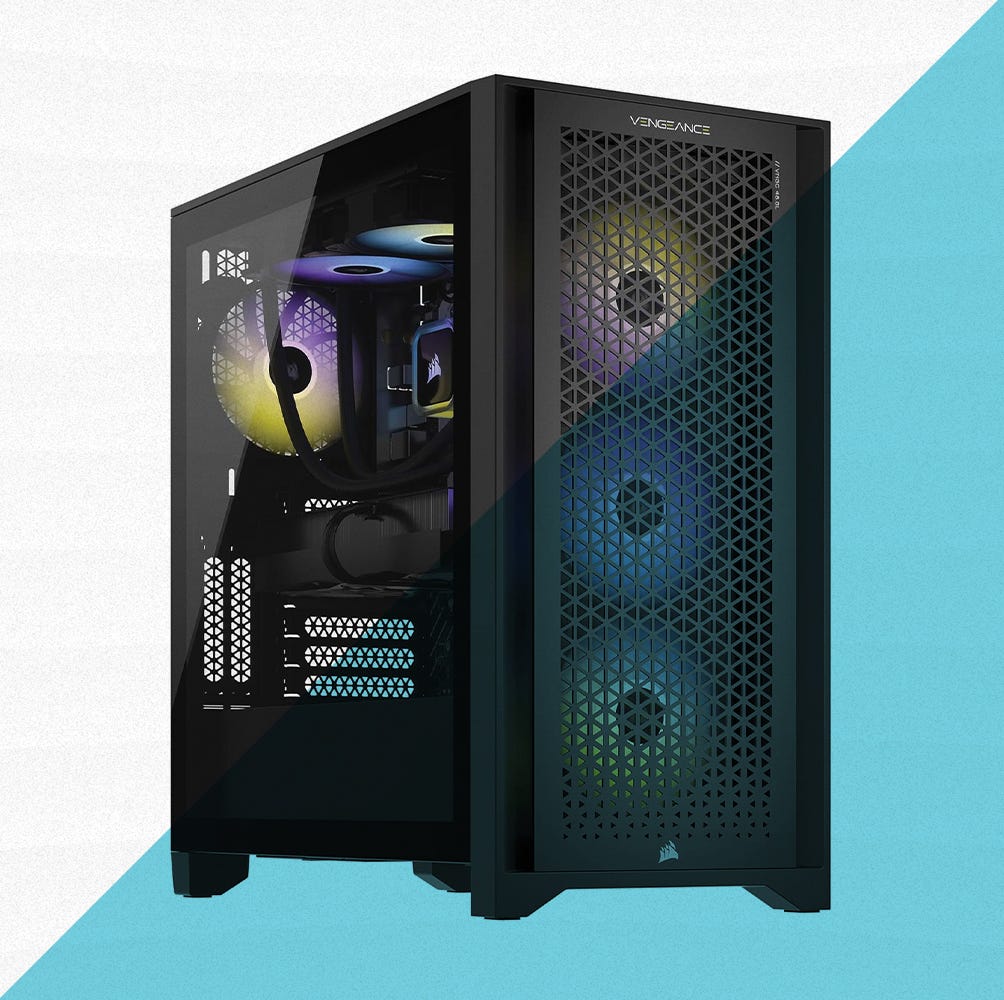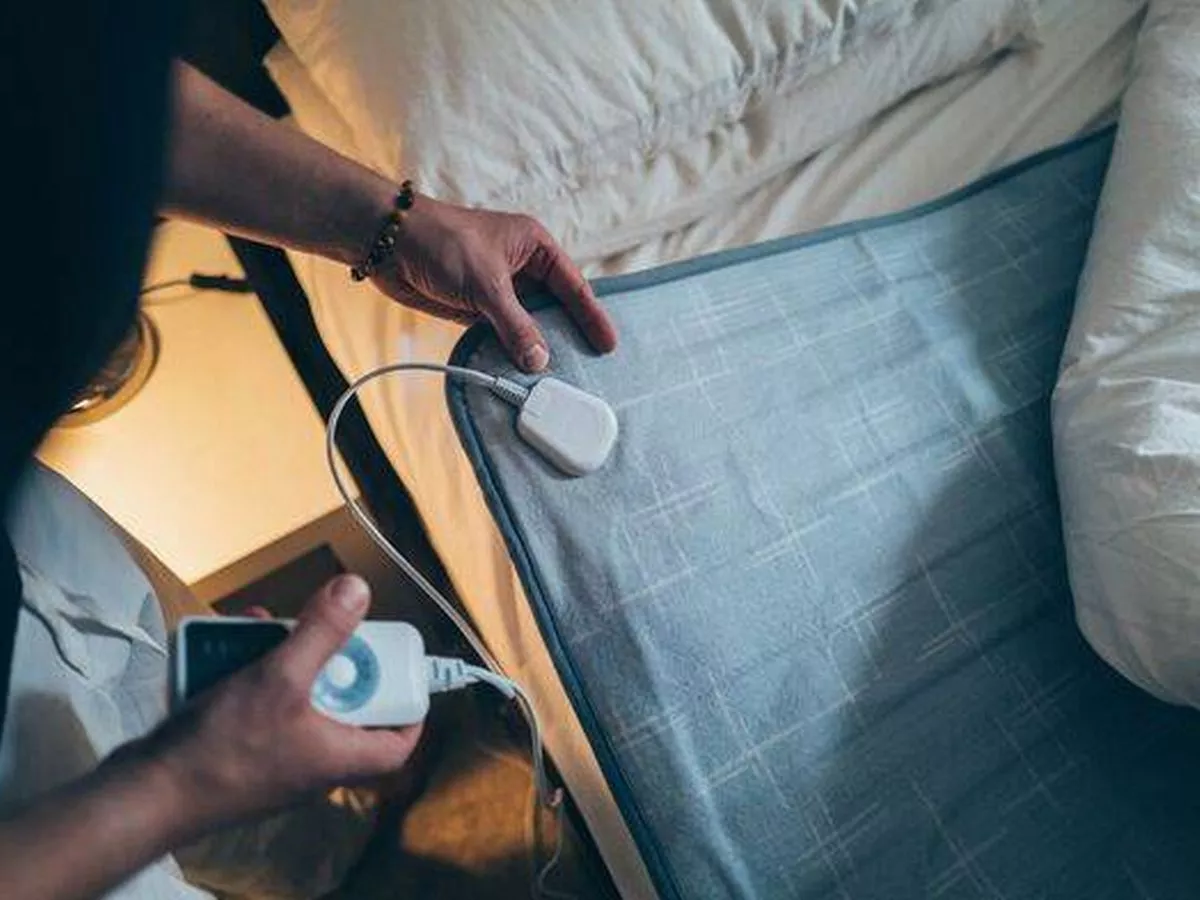Copyright popularmechanics

Editor's Note: October 28, 2025: We've checked this list to ensure all of our recommendations are still available. We are preparing to update this guide with revised recommendations and buying guidance. Check back here for new picks soon.There are more ways to game than ever, from the Nintendo Switch 2 and PlayStation 5 to streaming games from the cloud to your phone. When it comes to technical performance your library of games, though, no console can match the raw power of a well-equipped gaming PC. And while gaming laptops and handheld PCs like the Steam Deck can run games very well, the conventional gaming desktop still offers advantages no other gaming hardware can match. The ability to replace individual components allows for incredible customization, flexible pricing and the potential for future upgrades that extend their lifespan. A gaming PC can be a long-term investment–one that meets your gaming needs for years to come.If you’re buying a new gaming PC, you have two options: You can either buy the components individually and build a tower from scratch–which is a challenging, but satisfying project that lets you get a little more processing power for your money. Or, if you don't have the time, space, or confidence, many PC brands make “pre-built” desktops that are ready to go on day one. The PC gaming community at large opts for building, but it isn’t feasible for everyone. It takes time, patience, preparation and a table that you can leave undisturbed for hours. Candidly, it also requires a certain kind of tinkering that not everyone's going to enjoy. If you want to play PC games, but don’t want to spend days thinking about your hardware, a pre-built desktop is the way to go.Buying a pre-built gaming desktop takes a little knowhow, though. Gaming PC manufacturers release each model in many configurations, and it’s on you to know what’s going into your machine. We’ll show you the basics, so you can pick the best gaming desktop for any budget among our recommended favorites, followed by a primer on the most important things to consider before shopping. Best Gaming DesktopsBest Overall: Corsair Vengeance i7500 Series Desktop Gaming PCBest Value: Thermaltake Glacier 360Best Entry-Level: CyberpowerPC Gamer Master Gaming PCBest High-End: Dell Alienware Aurora R16 How We SelectedThe original author of this story, Harry Rabinowitz, started his gaming journey with Counter-Strike on a prebuilt PC he purchased from Fry’s Electronics (RIP) back in the early 2000's. As an avid PC gamer, he’s always gradually builds and upgrades his own machines. He also covered tech and gaming, reviewing desktops, laptops, and PC peripherals. He picked the best gaming desktop based on his personal and professional experience, and sought insights from related stories and research from the Popular Mechanics Reviews team and its contributors. Brandon Russel updated this story in 2024, adding more heavily vetted specs based on his own extensive research. Vengeance i7500 Series Desktop Gaming PC Sometimes all you want to do is play games at the highest possible settings, and Corsair’s Vengeance i7500 Series has the power to take advantage of a big 4K monitor (or a TV if you want to set it up in your living room.) This top-flight configuration packs an Intel Core i9 chip and GeForce RTX 4090, allowing you to enjoy your favorite games like God of War Ragnarök in stunning 4K. You haven’t truly experienced gaming until you’ve seen Kratos dispatch mythical creatures with his Leviathan ax.In addition to delivering excellent gaming performance, the Vengeance i7500 Series is also great for creative work, balancing powerful processing capabilities and high-end graphics to handle demanding tasks such as video editing and graphic design. It also features a stealthy design, with a grated front panel and side glass that allows you to admire the components. Of course, you can customize the RGB lights, but even then it still has a more understated look compared to more ostentatious gaming options.It’s a pricey machine, but you get a premium gaming experience in return with smooth performance and stunning graphics on even the most demanding games. Glacier 360 Desktop Gaming PC When considering your PC’s long-term health, a strong cooling system goes a long way. When you play a game that pushes your PC, it gets hot. Any well-made PC has enough cooling to keep it running for a few years, but having a great cooling system and a case that efficiently removes heat from your system prevents thermal wear and tear so your computer runs smoothly for years to come.The Thermaltake Glacier 360 is a hidden gem of a budget PC. Its Ryzen 5 5600X processor and RTX 3060 are just okay, but you get a liquid cooling system, which is a rarity among prebuilt PCs at this price range. If you’re on a tight budget and you want a PC that lasts, and/or are prepared to swap out some parts sooner rather than later, this is an interesting pick. Gamer Master Gaming Desktop PC If you’re working with a tight budget, but do not want to build, this desktop from CyberpowerPC provides solid entry-level performance for around $1,000. Equipped with an AMD Ryzen 5 7600 CPU, a GeForce RTX 4060 graphics card and 16GB of RAM, it has solid specs for those who don’t need to run everything on ultra settings.The PC case features a sleek design, with a tempered glass side panel to show off the RGBs inside. It has a few useful top-facing front ports–two USB-A 3.0 ports, plus audio in and out for headphones. As a helpful bonus for first-timer desktop buyers, this PC comes with a keyboard and mouse, so everything you need to start playing comes with the package. Alienware Aurora R16 Gaming PC for Desktop Don’t let the Alienware Aurora R16’s understated design fool you; this is an elite gaming PC for serious players with big budgets. Alienware is generally known for making very flashy, UFO-inspired machines, but the Aurora R16 goes stealth, with a compact case, matte black finish and only partially see-through side panel. Dell also claims that the Aurora R16 is quieter than its predecessor, which is no small feat considering what’s inside.There are a few different configurations of the Aurora R16, but all of them are heavy-duty. The configuration we recommend features an Intel Core i9-13900F CPU, Nividia GeForce RTX 4070 graphics card, a whopping 32 GB of RAM and two hard drives–a 1TB SSD and a 1TB HDD. Plus, it has liquid cooling to prevent the desktop from getting warm while gaming. It’s an expensive PC for players who are serious about performance and want their PC to reflect that. What to Consider When Buying a Gaming DesktopA new computer is always a serious investment, and shopping for a powerful gaming PC can get complicated quickly, especially for newcomers. There’s a lot of technical jargon to navigate–even with a pre-built PC where all the components are guaranteed to work together, understanding the parts and what they do matters. As a shopper, understanding the difference between a CPU and a GPU can help assess whether a specific PC delivers good performance and value. Once you’ve brought your PC home, understanding its capabilities help you fine-tune settings and troubleshoot problems.Graphics Card (GPU)The graphics processing unit (GPU), or graphics card, is arguably the most important part of your gaming rig. This secondary processor is responsible for rendering graphics and other visuals-related processing. Having a discrete GPU, rather than relying on the integrated graphics chip in your PC’s CPU, is the primary difference between gaming PCs and “productivity” machines designed for other tasks.Two companies, Nvidia and AMD, are responsible for the vast majority of consumer GPUs. Both brands make a wide range of graphics cards, which offer a sliding scale of performance and price. Each rung you climb on the GPU power ladder increases the cost of your gaming PC, often by hundreds of dollars, but opens the door to sharper, smoother gameplay.New gaming desktops should feature the last generation of graphics cards. From Nvidia, that means the RTX 40 Series, which ranges from the budget-tier RTX 4050 to the immensely powerful 4090. Depending on your budget, we recommend looking for somewhere between RTX 4060 and 4080. AMD’s current gaming graphics line is the Radeon RX 7000 Series, which runs from the RX 7600 through the RX 7900 XTX. As with Nvidia’s cards, we think that mid-range options like the RX 7700 XT and RX 7800 XT often offer the best balance of performance and value.You’ll also likely find older machines out there with configurations that include older graphics cards. We recommend buying a machine with a current-generation graphics card, as that ensure your system offers strong performance for a longer time. That said, going back a generation, such as an Nvidia 30-series card, causes the price of your PC to drop and while still offering strong performance on most games in the short-term. Remember: Even with a pre-built machine, you can always swap out the card for something more powerful in a few years if certain games start to feel sluggish.Processor (CPU)The central processing unit (CPU) is the brain of your computer. It performs all the calculations that occur every time you interact with it. In a gaming PC, the CPU and GPU work hand-in-hand to run your games: While many people exclusively equate GPU power with gaming performance, having an equally powerful CPU is crucial, too. And outside of games, a strong CPU increases the speed and performance of everything else you do on your computer, from browsing the web and using productivity apps like Microsoft Office.As with GPUs, most desktop CPUs come from two companies–Intel and AMD–both of whom release many models each generation to meet different sets of budgetary and performance needs. Current gaming desktops with Intel CPUs should feature 13th- and 14th-generation Intel Core processors, which run from the entry-level Core i3 to the powerful Core i9. AMD’s Ryzen processors are a bit more all over the place: Each one features two numbers: A single-digit number–3, 5, 7 or 9–to indicate performance level, and a four-digit number to indicate the generation and specific style. We recommend looking for a 7000-series Ryzen 5 or 7 processor, which roughly correspond to Intel’s i5 and i7 CPUs, and delivers strong performance with most graphics cards. It’s worth keeping in mind that AMD 9000-series CPUs are going to hit stores soon, however, you likely won’t see them widely used in pre-built gaming desktops until 2025.You should look at a gaming desktop’s CPU and GPU together, because they work as a pair. Ideally, you want a CPU that can match and enhance your graphics card’s performance, without overspending. For example, if you’re targeting models with an Nvidia RTX 4070, pairing that with an Intel Core i7 CPU provides the best possible performance. That said, desktops with a less powerful Core i5 processor would work well, too, and should cost less. What you should avoid, in this case, is an underpowered Intel Core i3, which may cap your GPU’s capacity to perform, or overspend on a PC with a powerful Intel Core i9.MemoryRandom Access Memory, or RAM, allows your applications to temporarily store and quickly access data. Having more memory makes your computer run faster, because it can quickly access more data. For games, specifically, a faster computer translates to smoother gameplay, faster loading times, higher frame rates, and better performance while running additional programs in the background like Discord for chat or streaming software.For most gaming PCs, 16GB of RAM is the sweet spot. More is always better, but 16GB should be enough to help your system hit peak performance. Plus, adding or replacing RAM is the easiest upgrade you can do yourself, and it’s relatively affordable.StorageWe recommend looking for at least 1TB of storage, and preferably 2TB to 3TB. In addition to the amount, it’s important to check out what kind of hard drive (or drives) is under the hood. A modern gaming desktop should have a NVMe (Non-Volatile Memory Express) drive, which works substantially faster than traditional Solid State (SSD) and hard disk (HDD) drives. High-end configurations often have two hard drives–a relatively small NVMe SSD as the primary or “boot” drive, where you should put your games, and a larger secondary SSD or HDD for files and programs that don’t dramatically benefit from a speed boost.Keep in mind that, as with memory, buying additional storage is fairly affordable and installing an extra drive, especially an SSD or HDD, is fairly straightforward. Compromising a bit on storage and upgrading later is an easy compromise that can keep the cost of your new PC down.Port Selection Gaming can lead you to add a lot of peripherals to your PC, from basics like a keyboard and mouse, to a controller, streaming equipment, external storage and more. Look for a variety of USB ports, including at least 1-2 USB-C ports, so you can connect all your core peripherals without buying a USB hub. (As your setup expands, you may find that you need one and that’s fine, but let’s not start with a deficit, here.) Also, don’t forget to double-check that the PC includes Bluetooth support–not all PC motherboards come with a built-in receiver. If it doesn’t, you can purchase a separate Bluetooth adapter to connect your wireless peripherals.In addition, pay attention to the ports for your monitors. We recommend looking for at least two HDMI ports and two DisplayPorts. Ideally, they’ll feature current standards, HDMI 2.1 and DisplayPort 1.4, which allow you to play games in 4K resolution at high refresh rates (assuming your system and gaming monitor can handle it.) HDMI version 2.1 supports 4K resolution at 120Hz refresh rate, and DisplayPort version 1.4 supports 4K at 144Hz.Lastly, consider online connectivity. Most gaming desktops feature an Ethernet port to support a wired connection, which is still the best way to ensure your connection stays stable while playing online.The bottom line is that port variety and selection is not a given. Make sure the desktop you’re looking at has what you need ahead of time so you aren’t scrambling to buy extra accessories on day one.



